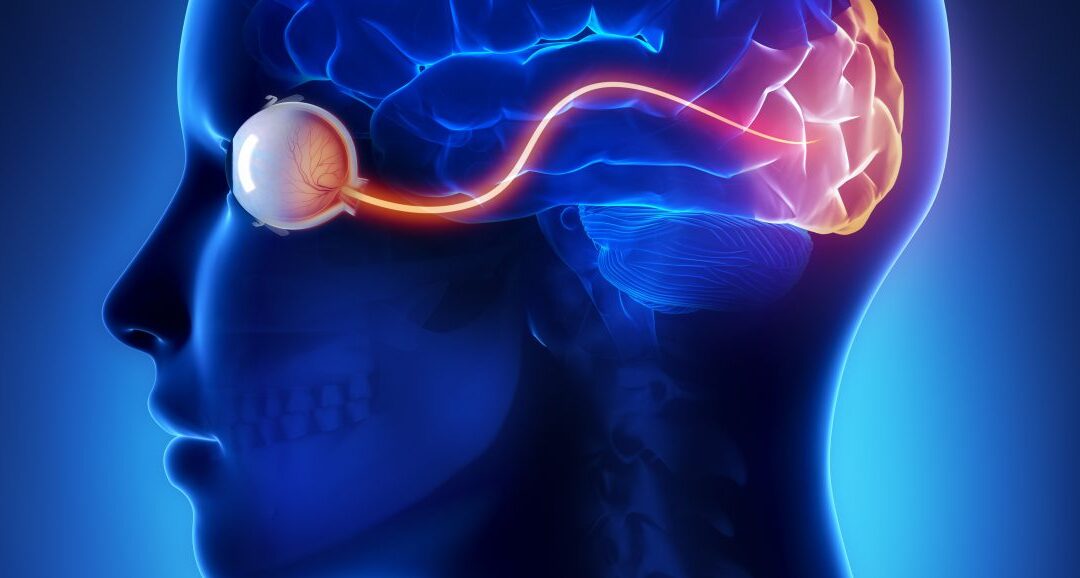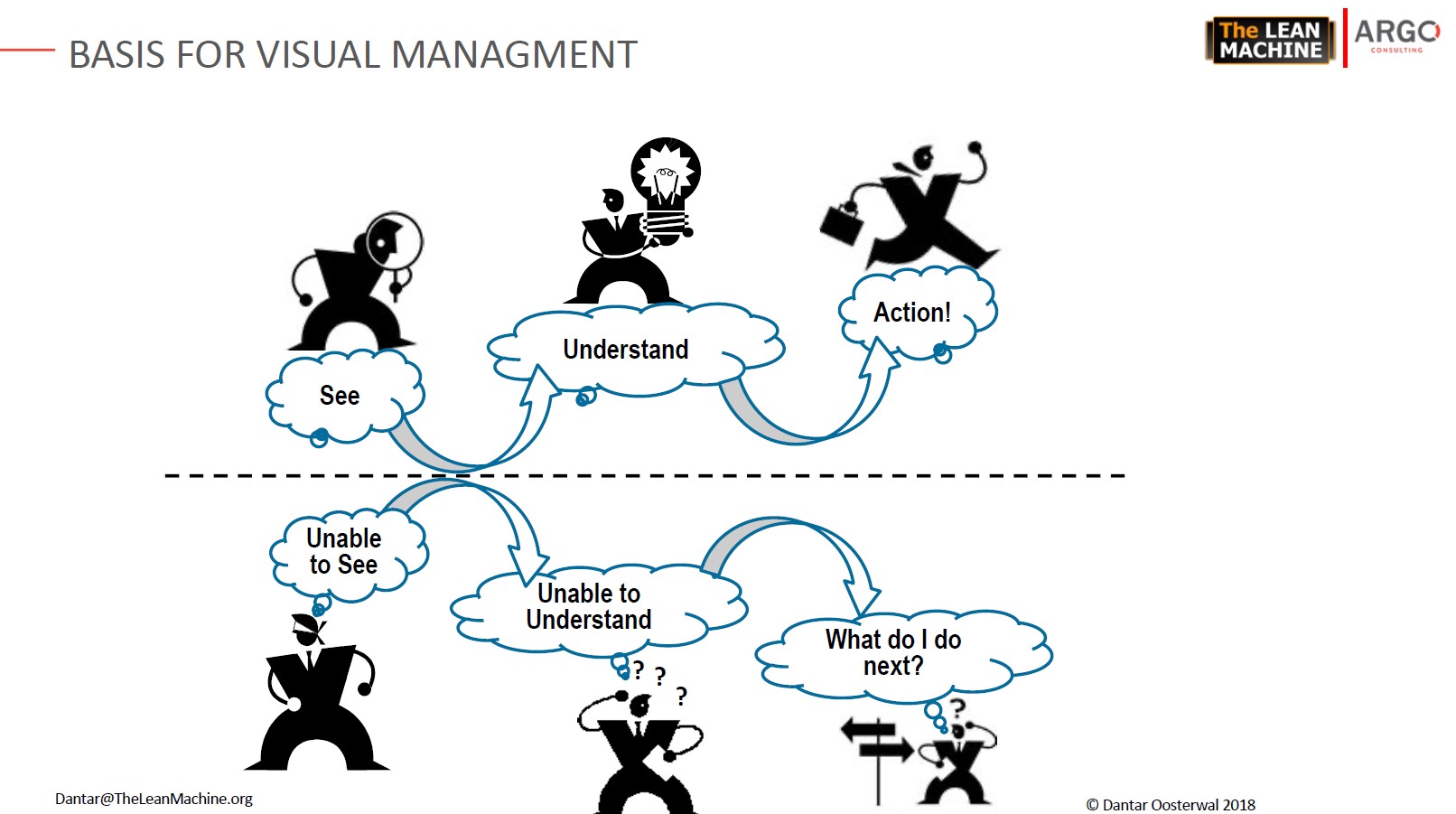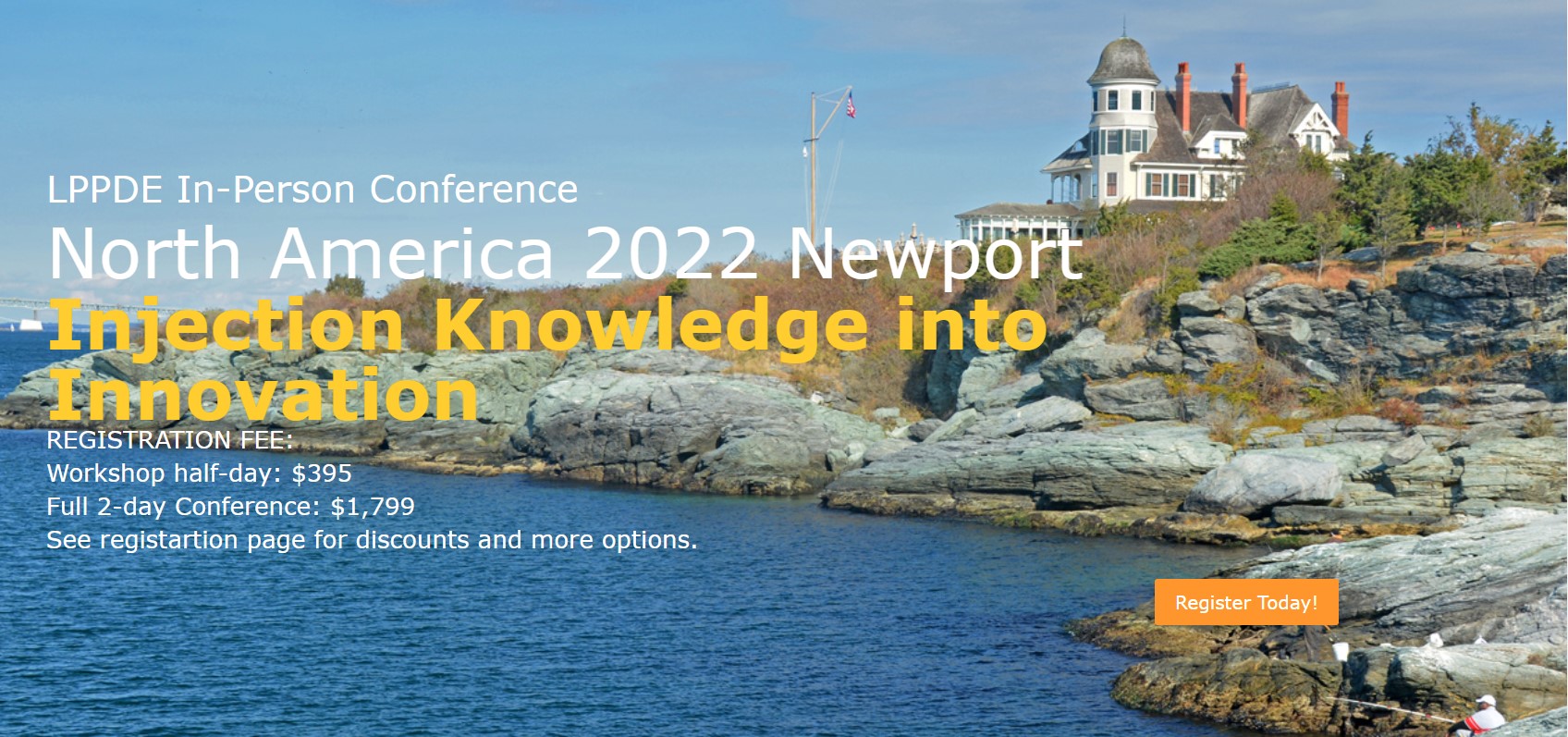For the practitioners of Visual Management (VM), we would like to initiate a dialogue on potential opportunities to what we believe would further VM and reflect with you on the challenges around implementation. We are breaking this blog into parts, the first will focus on defining what we believe would further VM and where we believe most VM implementations stop. The following blog(s) will discuss recommended requirements for taking VM further. In all cases, we will hopefully trigger a dialogue with our fellow practitioners on what is realistic and feasible.
In our experience, most LPPD VM implementations end with a similar approach to a production style “kanban” visual system, with simple boards to enable:
- visibility of the work, by anyone at anytime
- efficient and effective program team collaboration and work synchronization
- visibility to program issues (show stoppers), risks (potential show stoppers), and progress against resolving them
- escalation of issues and risks to leaders for quick response to barriers
We believe it’s possible to take VM further and enable a more evolved leadership style. Taking VM further will increase the empowerment of the teams, who perform the work and focus the leaders on creating better systems and overall organization. Enabled by:
- Team empowerment - teams closest to the work, are first to see the issues and risks, understand the deliverables and metrics, and are empowered to make fast, well-informed decisions
- retrospectives to visualize systemic issues to leaders and drive resolution of the high impact, embedded chronic issues across the organization
- empowered teams and leaders focused on system improvements result in a more efficient and effective organization
- VM which goes beyond the research and development work to include improvement initiatives and visualize the full resource demand for senior executives
To facilitate taking VM further, it could be broken into 3 levels as explained below, this would allow a gradual evolution of capabilities and maturity to be reached before embarking on the next level.
Level 1 – See Together, Understand Together, Act Together, the fundamentals, and what most of us recognize. Here, VM may require the development of layers of connected VM boards, which enable program team collaboration, synchronization of the work, all program management and communication at the boards, and engagement of leaders to respond to escalations and provide quick response to barriers. Adoption of fundamental lean thinking, discipline, and accountability are needed both across and vertically through the organization.
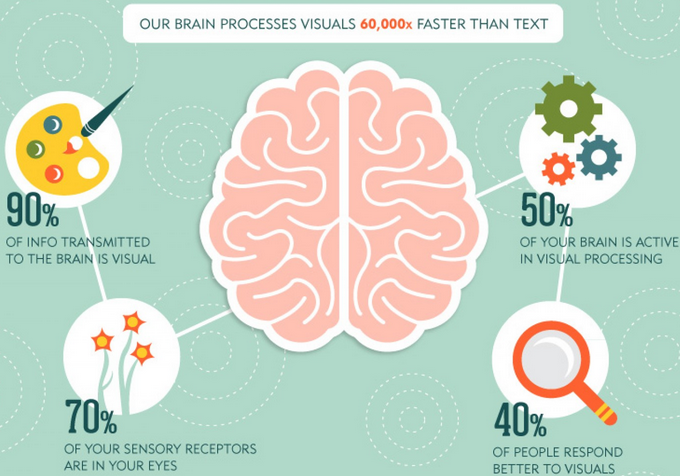
Level 2 – Explore Empowerment Together, Improve Together, Here, VM evolves with an initial exploration of more team empowerment, through dialogue about the team and leadership roles and responsibilities. Leaders gradually transition from monitoring and controlling to supporting teams, resource planning, and mentoring. Leaders also begin utilizing VM to identify and resolve chronic/systemic issues, improving team efficiency and effectiveness. Increased focus on continuous improvement, problem-solving mindsets, and increased leadership maturity is needed.
Level 3 – Fully Empowered Teams, Decisions made closest to the source, Here VM evolves leadership to fully transition to empowering the team, by releasing decisions to the lowest level. Leaders take on the process/system barriers and overall organizational optimization, as well as increased focus on coaching and building talent, ultimately driving a highly efficient and effective organization, with fully engaged and capable teams. Sophisticated and fully mature leadership, well-executed boards, and effective change management practices are needed.
Ultimately VM, should be utilized to align the entire organization on the work status, issues, and resource needs, demonstrating VM truly has the potential to go well beyond Level 1.
What do you think, are these suggestions feasible? Should visual management go this far? In our next blog, we will continue the discussion and talk about some ideas for what we believe the requirements and challenges are for driving a VM implementation further. We are also considering a deeper dive on this topic at the LPPDE Conference in Newport, RI in October, hopefully you can join us in the conversation!
Lastly, we will be presenting at the LPPDE In-Person Conference North America 2022, in October. Hope to see you there.
Do you have ideas you would like to share concerning accelerating the learning process or aligning teams towards a common understanding? If so, it would be great to hear them or your feedback on this topic.
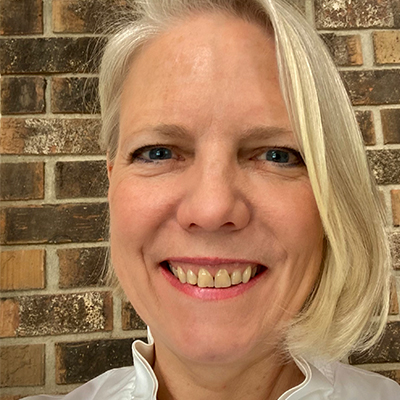
Carolyn Carter
Argo Consulting
Carolyn Carter is currently a consultant with Argo Consulting introducing LPPD into R&D organizations. She has over 30 years of experience in R&D, Manufacturing, and Product Supply. As a practitioner and leader in R&D, she has worked in design, front-end development (research), and product development for the commercialization of large programs. She has also worked in multiple plants in both high-tech design and high-speed manufacturing engineering, project management, operations, and quality. She facilitated extensive mapping and standardization of many processes and implemented Rapid Learning Cycles for research and program management. Carolyn is a change agent, who learned lean in manufacturing and brought it to R&D. She has demonstrated successful cultural adoption of new programs within and across business teams. She has a passion for Servant Leadership to enable business performance and a strong affinity for empowering individuals and teams.
Karl Oestergaard
Argo Consulting
Karl Oestergaard is a proven change agent who has worked and lived in four different countries (US, Japan, the Netherlands, and Denmark). Worked across several industries: automotive, food processing, and security/defense; with a focus on product development, process, and product innovation. Always curious, I am a lifelong learner with an interest in technology and learning about new cultures. Karl has a Bachelor’s degree in Engineering, Control Systems, and a Master of Business Administration (M.B.A.) focused on Technology Management. He currently works with Argo consulting helping organizations implement Lean Product and Process Development.
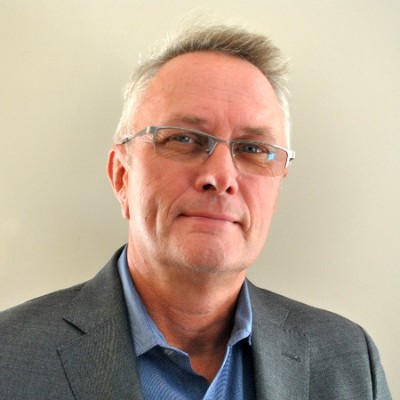
Upcoming Event: LPPDE NA 2022 In-Person Conference
October 3-6, 2022 in Newport, RI
Join us to learn how you can increase your innovation speed, eliminate waste in your processes, and lead your team to new levels of productivity and pride. Meet people like yourself who are striving for innovation excellence. Learn what works for them. Share your challenges and successes. We want to exchange ideas with you, so we all learn to innovate faster.
Hear keynote from Bruce Hamilton of GBMP on “Developing your Teams to Accelerate your LPPD Innovation.” Meet Durward Sobek, co-author of the book, Lean Product and Process Development. And many others with deep expertise in lean product development. See the full program at LPPDE NA 2022.

